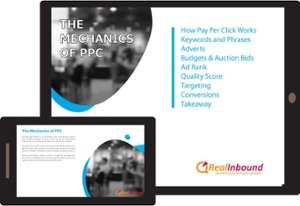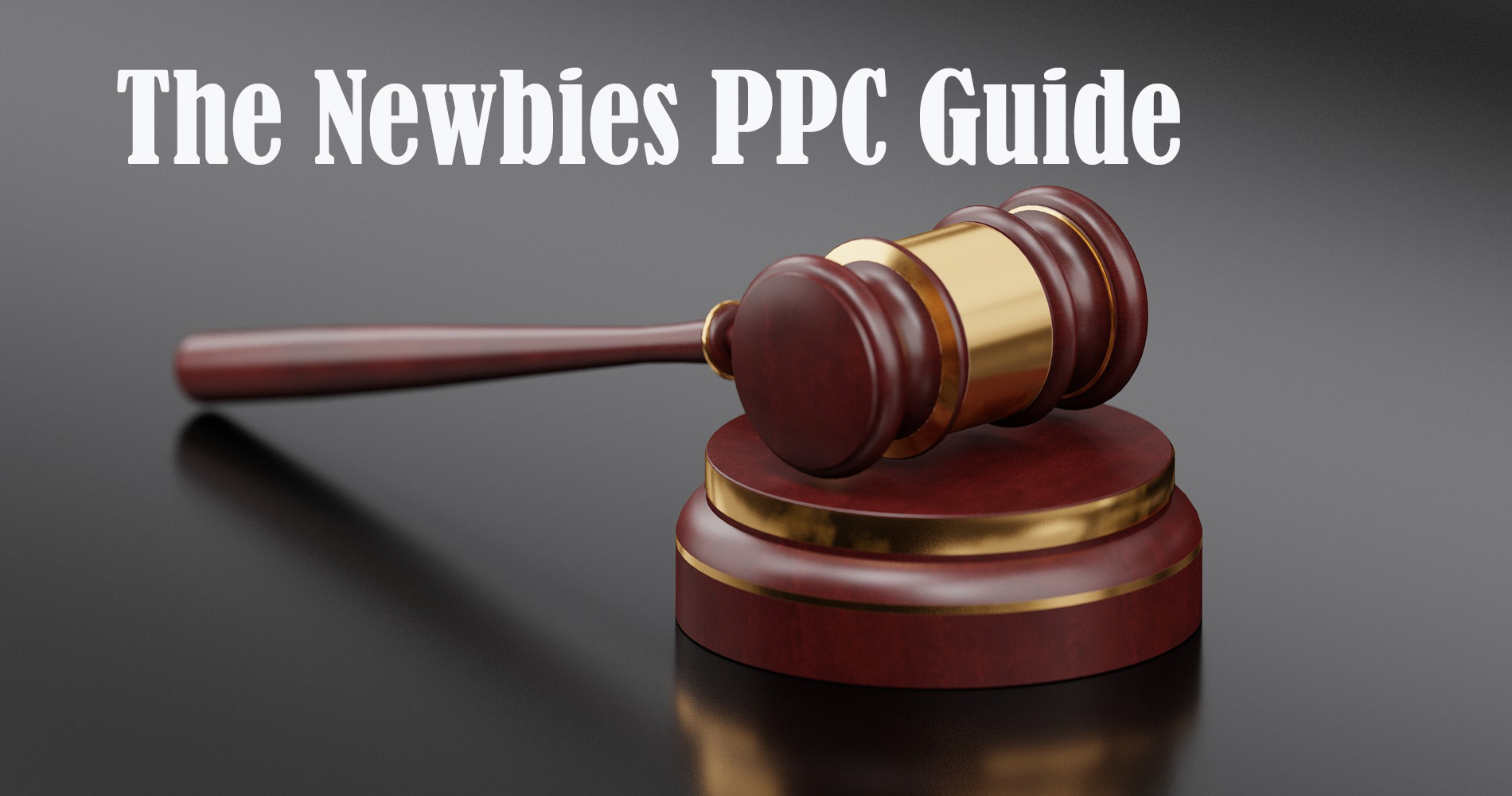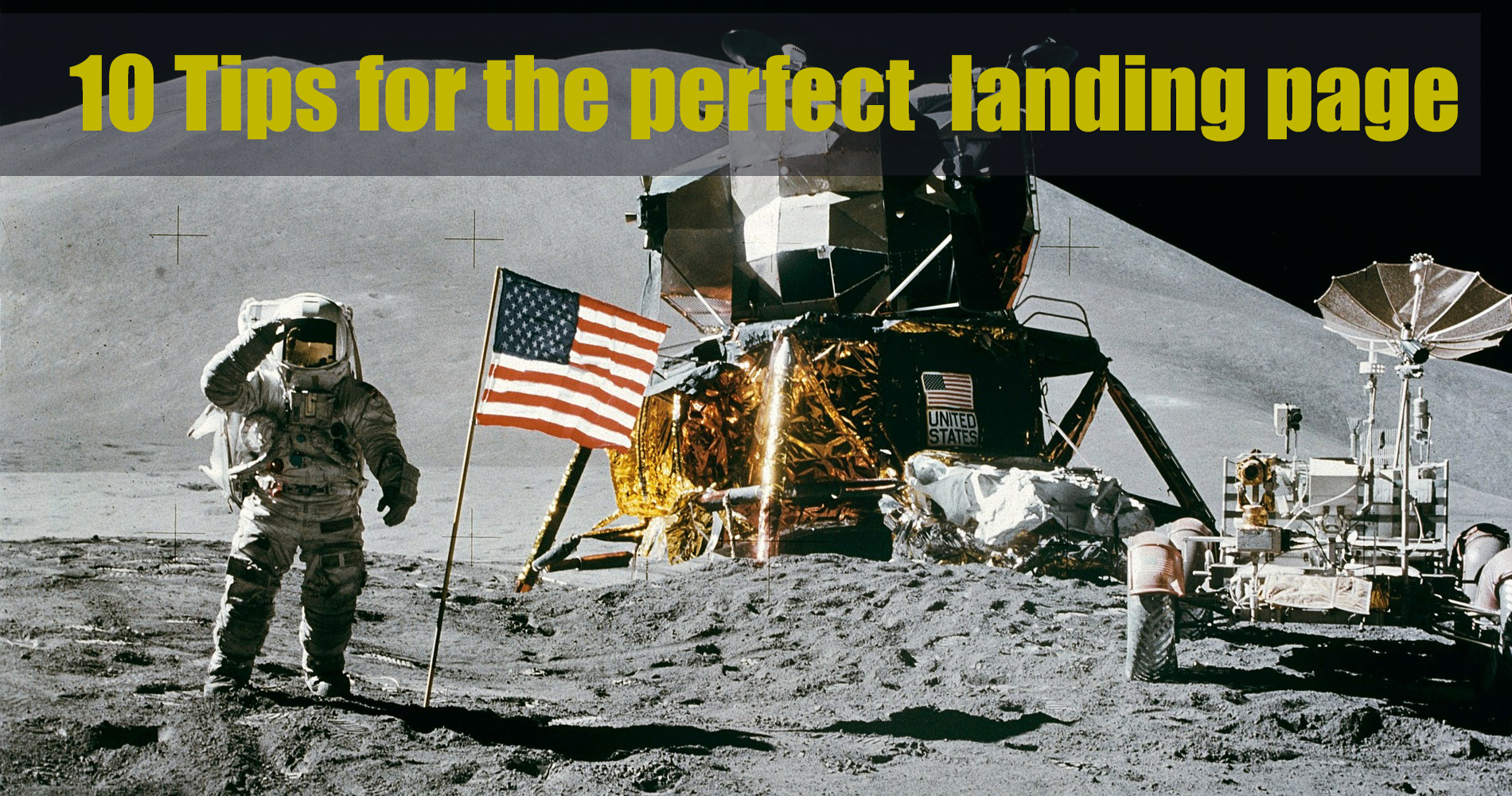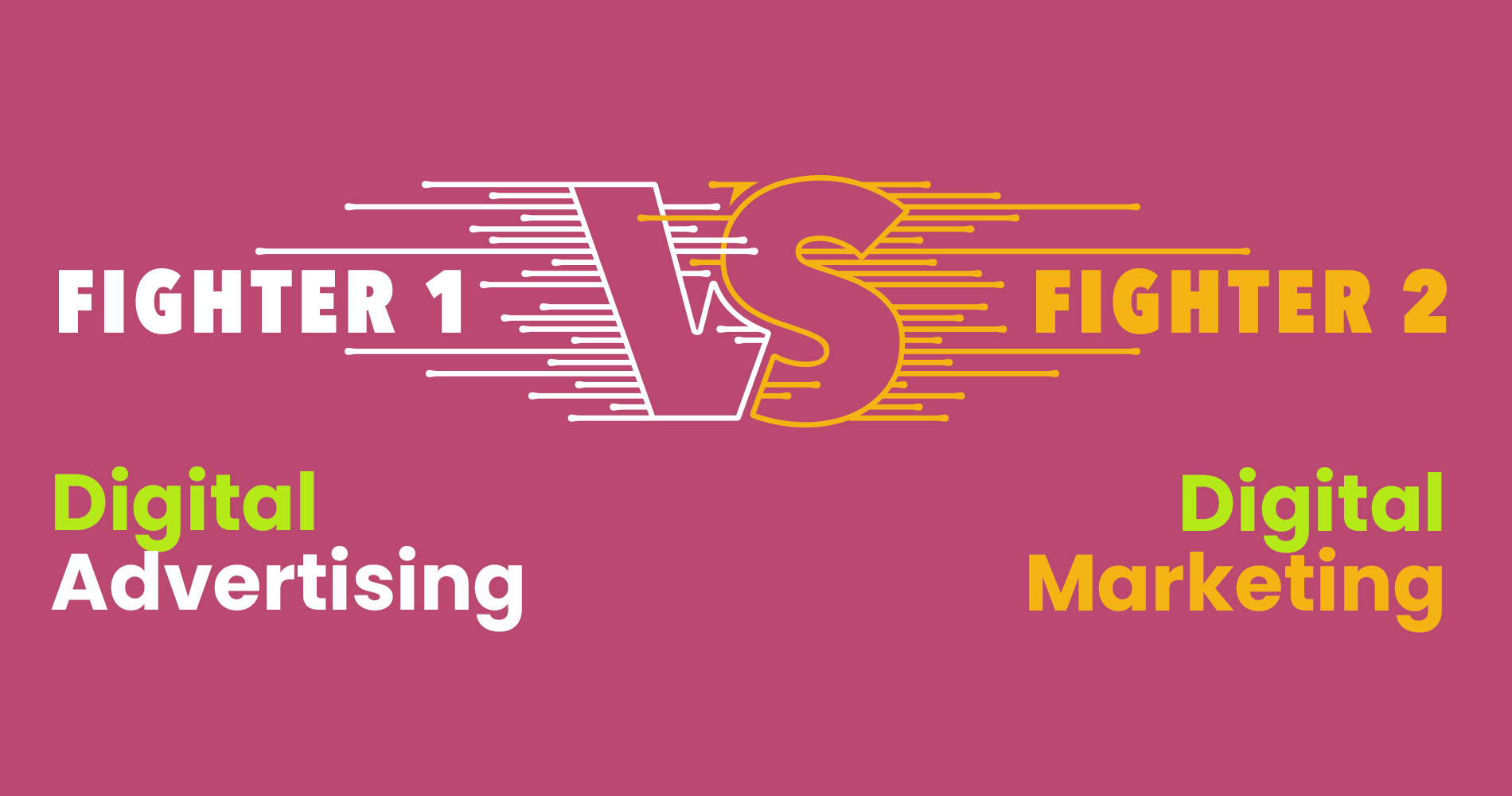Pay-per-click advertising is a popular and effective method of marketing online. There seems to be some confusion about how successful campaigns work, which often leads new advertisers to blow far too much cash on their ads before they get their bearings straightened out.
We're here to ensure you don't do this before we even get started.
While you'll be using the same basic principle for doing PPC advertising in 2021- if you don't know what it is in the first place, then you're going to be making mistakes that could cost big later on down the line! The most important thing for any new advertiser to know when getting into PPC marketing is how much they should invest.
This beginner's PPC guide will help you get your campaign up and running quickly and successfully. Consequently, your PPC campaigns are more efficient, generate more traffic, and result in more leads. By gaining more visitors, you increase your chances of closing more sales.
How does PPC work?
Pay-per-click advertising is simply online advertising in which advertisers pay a fee for each click. Considering that, how does it differ from organic search engine results?
Contrary to organic search results, PPC ads cannot be free of charge. Even though organic and paid listings appear very similar, there are actually some differences between them that I would like to point out
Advertisers cannot simply pay more to have their ads appear higher on search engine results pages (also called SERPs). Rather than manual judging, Google and other major search engines use Ad Auctions, which are completely automated processes that determine the relevancy and validity of ads shown on SERPs.
Is PPC right for you?
Even though both SEO and PPC aim to boost rankings and appear high on search engine results pages, how they do so is quite different.
The use of paid advertising as a marketing channel brings its own set of benefits (as well as costs). We will examine them in greater depth in the following paragraphs.
1. Visibility boost
Paid advertising is one of the most cost-effective ways to expose your brand to new audiences.
Advertising is very important. It’s an essential part of any company's marketing strategy and can serve a lot of different functions in terms of getting your brand more exposure and building your market share. In fact, paid advertising campaigns are so popular because they tend to get the most impressive results quickly.
2. Employs a hyper-targeted approach
SEO is widely used to target audiences with offers and ads. However, it's important to realise that there are limitations with this tactic since it doesn't allow you to choose the specific audiences (a specific city for example).
Marketer, however, can make use of PPC advertising in order to enable an easier route at reaching out to individuals most likely to respond positively using highly targeted tools like age group targeting or gender audience settings for example. Even further personalisation levels are made possible when using this approach. Furthermore, advertisers can benefit from higher conversion rates when applying these techniques - leading to greater ROI returns.
3. Delivers Measurable results
Are you finding that it's difficult to get more insights into how your B2B digital marketing campaigns are performing? Is there a lot of noise in the data you're getting from social media and search engine optimisation?
A whopping 42% of B2B marketers report a lack of quality B2B data as the reason they cannot generate leads.
Nevertheless, you should not worry about this. Your PPC advertising data will be accurate and clear.
Additionally, you can use Google Analytics, an online tool you can use for free, to accomplish this. Even if you do not have GA, Google Ads (or any major PPC platform) will deliver a great deal of detailed, customisable information.
How does PPC work?
Start by creating an account
Do you already belong to the club? If so, just sign in.
Click the Get started button on the Google Ads homepage.
You will then be redirected to a form asking you for campaign details. Enter your business name and website to get started with Google PPC.
Once you're done, click NEXT.
Complete the form to the end. You need to fill out the following sections:
- Your business & audience - Describes your customers, the size of your target market, and the location in which you want your ad to appear.
- Your ad - This is where your ad copy goes.
- Budget & review - Here, you can review your campaign settings and set an ad budget.
- Set up billing - In this field, you are going to provide billing information.
Check the box that says "I agree to Google's Terms of Service" after you create an account. However, you should only sign up if you fully understand what you're getting into.
Read the advertising program terms (advertising program agreement) first.
Then click SUBMIT to begin spreading your message.
PPC campaign optimisation
Following the setup of your campaign, it needs to be optimised and managed.
Choosing the right audience is a crucial part of marketing. When you're reaching the correct audience, it's better not to waste resources by trying to appeal to everyone.
Identifying what the target audience is looking for and identifying what's important to them should also be part of the research. Your Ideal Customer Profile can help you do this.
In B2B marketing, most marketers want as many clicks as possible for the least amount of money. Nevertheless, a lot goes into the success of your campaign, including keyword selection, advertisement copy, and so on.
Also, you need to determine your budget based on conversion rates. You can bring your ads to a higher click-through rate by choosing the right industry and setting clear goals.
In addition to these things, here are some more ways you can optimise your PPC campaign:
Advise on targeting small ad groups - Focus your ad text on a particular group of prospects. Organising your campaigns this way will keep them effective.
Eliminate negative keywords - Identify and eliminate irrelevant keywords by performing keyword research. You want your ads not to appear in search results for non-interested users.
Create convincing calls to action - Include a clear and concise call to action to encourage visitors to visit a particular website. In addition to monitoring the success of your new PPC campaign, you may want to iterate them as needed (potentially).
The importance of keyword management, creating a negative keyword list, and generally optimising one’s campaign settings cannot be understated! Regularly adjust all campaign settings. If a user has a very specific interest, it might be best to narrow down what you're advertising for on your site. Even if they don't have a very exact search, you can work from the assumption that they want to read more about what they've typed into the search box. Don't hesitate to optimise these searches as much as possible.
Finally
Turn off your campaigns every once in a while. It will allow you to reflect without interruptions or distractions so that you can take the time to figure out what went right and what went wrong.
 There are no limits to what we can achieve. Nevertheless, don't just put together a campaign and walk away. You need to maintain it and optimise it regularly. Do not let excuses stand in your way!
There are no limits to what we can achieve. Nevertheless, don't just put together a campaign and walk away. You need to maintain it and optimise it regularly. Do not let excuses stand in your way!
The Mechanics of PPC Guide




